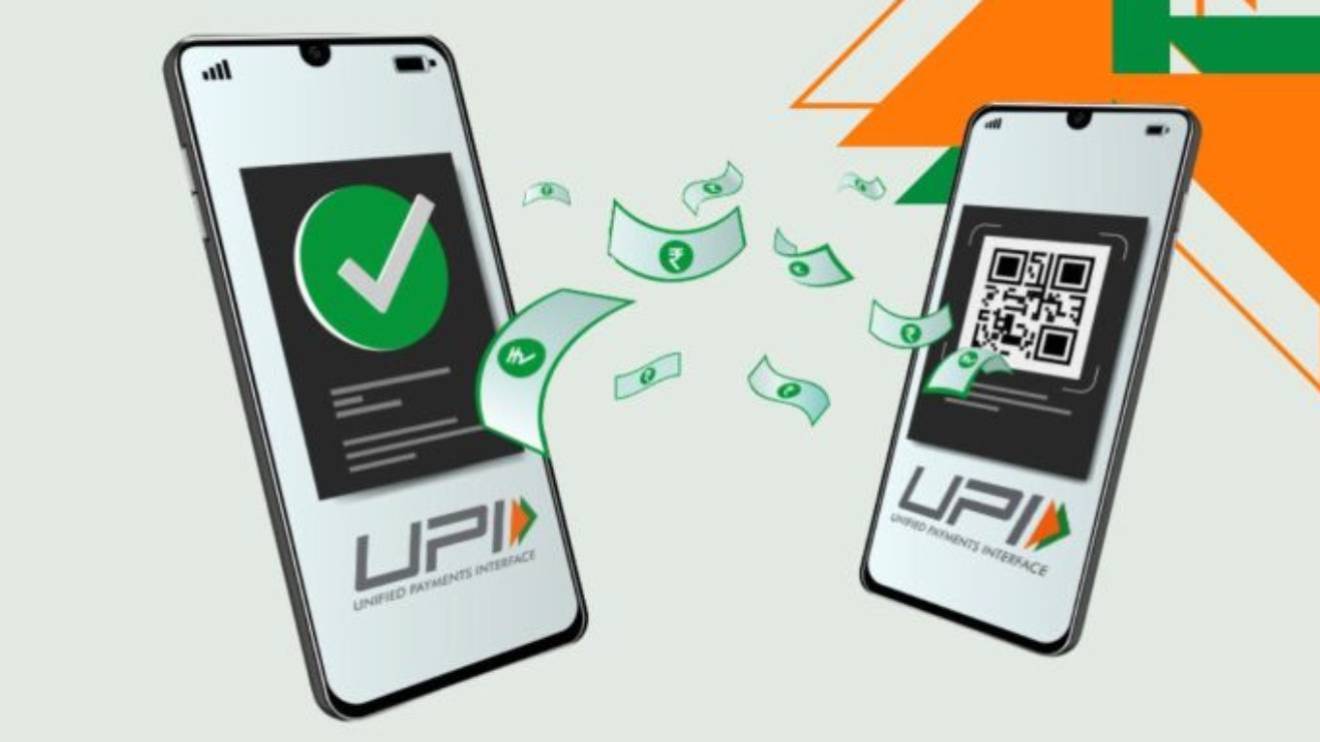Kenya is holding talks that could reshape its digital payments ecosystem, as the country seeks to introduce India’s Unified Payments Interface (UPI).
The discussions, involving the Central Bank of Kenya (CBK) and India’s National Payments Corporation (NPCI), focus on building a system that could offer Kenyans cheaper and faster digital transactions while boosting financial inclusion.
During an event in New Delhi, NPCI officials confirmed the engagement with CBK.
“We are doing an extensive study and already engaging the CBK in Kenya in terms of gathering the ecosystem inputs in terms of interoperability,” they said.
The officials also noted that alongside Kenya, they are working on rolling out UPI in Namibia.
Read More
At the centre of this collaboration is a plan to create digital infrastructure tailored to Kenya’s unique financial environment.
The goal is to introduce a system that connects banks and payment platforms through a unified application—mirroring the model that transformed India’s retail digital transactions.
In May 2025, India’s UPI processed 18.67 billion transactions valued at Sh38 trillion, according to the latest data. The platform now handles over 80 per cent of the country’s retail digital payments.
The UPI system, much like Kenya’s M-Pesa, allows instant payments between individuals and merchants.
It supports payments through QR codes, websites, recurring payments, feature phones using USSD, and even Central Bank Digital Currency transactions.
One of its major advantages is affordability, offering businesses online payments at minimal transaction charges with no integration costs.
Kenya’s interest in UPI ties into its National Payments Strategy (2022-2025), which outlines plans for an inclusive and interoperable payment ecosystem.
CBK has been working on a Fast Payment System designed to allow real-time transfers across banks, mobile money providers, and fintechs. However, this system has yet to be launched.
The potential arrival of UPI in Kenya could shake up the local digital payments market, particularly for M-Pesa, which boasts over 34 million users and has long been credited with enhancing financial inclusion.
But concerns over high transaction fees have persisted, prompting interest in alternatives like UPI, which promises to offer a low-cost option for consumers and businesses alike.
As the discussions continue, attention now turns to how the technology will be customised for Kenya, and what its introduction could mean for existing players in the country’s payments sector.
The outcome could mark a new chapter in Kenya’s digital finance journey.



-1754923876.jpg)

-1754919808.jpg)

